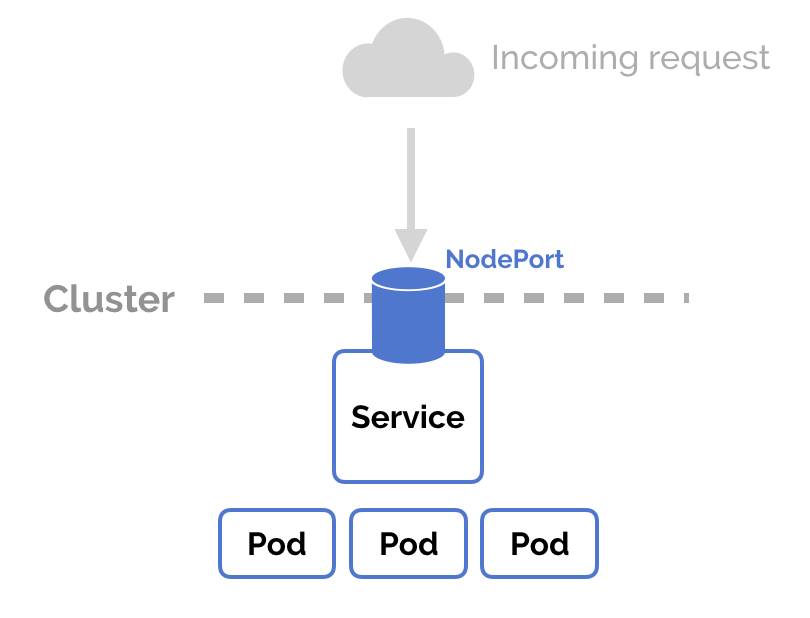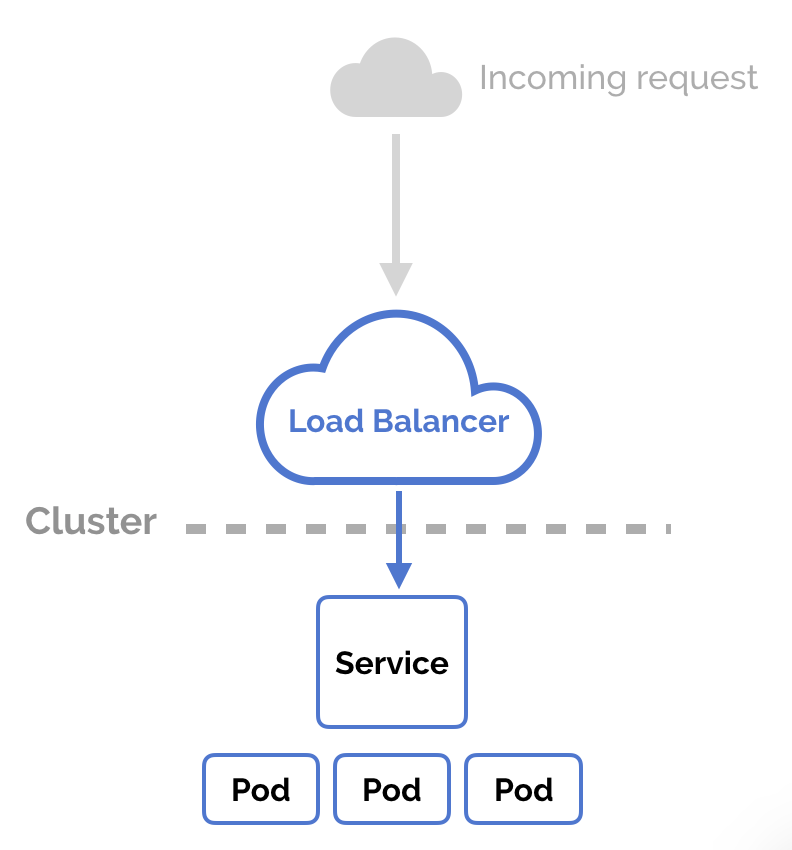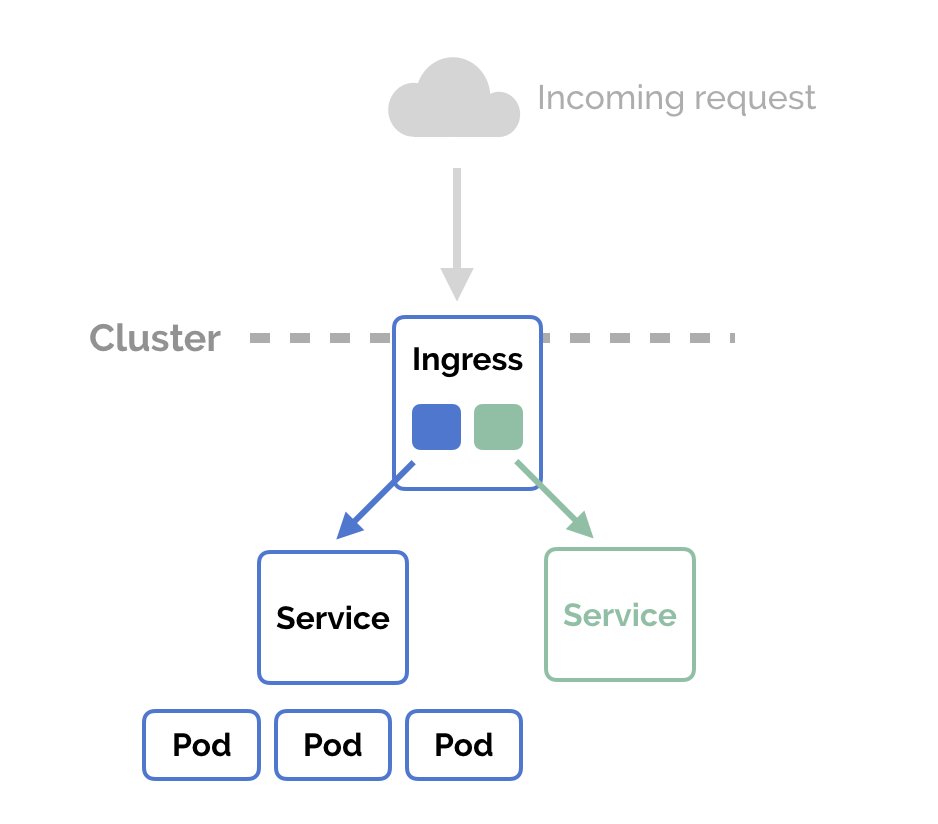Introduction:
In the ever-changing landscape of technology, cybersecurity remains a
critical concern for
organizations across industries. The need for robust security measures
has given rise to the
concept of DevSecOps – an approach that integrates security practices
into the entire
software development lifecycle. As we step into 2023, DevSecOps has
become a pivotal
strategy for organizations to ensure the security and reliability of
their digital products
and services. This article explores the significance of DevSecOps and
the key developments
in its implementation in 2023.
The Evolution of DevSecOps:
DevSecOps is an extension of the DevOps methodology, which emphasizes
collaboration and integration
between development, operations, and other cross-functional teams. In
the past, security was often an afterthought
in the software development process, leading to vulnerabilities and
delays in addressing security issues. However,
with the rise in cyber threats and data breaches, organizations
recognized the need to integrate security practices
seamlessly into the development pipeline.
In 2023, DevSecOps has gained significant traction as organizations
understand the importance of proactive
security measures. It has transformed from a buzzword to a fundamental
approach for building secure and
resilient software. Instead of treating security as a separate phase,
DevSecOps advocates for security to be
embedded into every step of the software development process, from
planning and coding to testing and deployment.
Key Elements of DevSecOps in 2023:
- Shift-Left Approach: In DevSecOps,
security considerations are moved earlier in the development process,
aligning with the "shift-left" principle.
This approach ensures that security practices, such as code analysis,
vulnerability scanning, and threat modelling, are
incorporated from the initial stages of development.
By catching vulnerabilities early on, organizations
can reduce the risk of potential security breaches.
- Automation and Continuous Security:
Automation plays a vital role in DevSecOps. Organizations leverage
automation tools and techniques to enforce security
policies, perform continuous security testing,
and monitor the infrastructure. Automated security
scans, code reviews, and vulnerability assessments enable
developers to identify and address security issues
promptly, reducing the time-to-resolution and enhancing overall security
posture.
- Collaboration and Shared Responsibility:
DevSecOps fosters a culture of collaboration among developers,
operations teams, and security professionals. It
promotes shared responsibility for security,
breaking down silos and ensuring that security
measures are integrated at each stage of the
development pipeline. Security experts work closely
with development teams, providing guidance
and implementing secure coding practices.
- Containerization and Microservices
Security: With the widespread adoption of containerization
and microservices architectures, DevSecOps focuses
on securing these modern environments.
Organizations implement security measures specific
to containerization technologies, such as
Docker and Kubernetes, to ensure the integrity and
isolation of containerized applications.
Microservices security involves securing individual
services, implementing strong authentication
and authorization mechanisms, and monitoring
service interactions.
Benefits and Challenges of DevSecOps:
Implementing DevSecOps practices brings numerous benefits to
organizations.
By integrating security from the outset, organizations can reduce the
risk of security
breaches, comply with regulations, and protect sensitive data. DevSecOps
also enables
faster and more reliable software releases, as security issues are
detected and resolved
earlier in the development cycle. Additionally, the collaborative nature
of DevSecOps
enhances communication and knowledge sharing among teams.
However, implementing DevSecOps is not without challenges. Organizations
may face
cultural resistance to change, where security and development teams need
to align their
processes and mindset. Skill gaps in security expertise can pose
hurdles, requiring organizations
to invest in training and upskilling their workforce. Furthermore,
selecting and integrating the
right security tools and technologies is crucial for an effective
DevSecOps implementation.
Conclusion:
As cyber threats continue to evolve, organizations must prioritize
security throughout the software development lifecycle. Dev


